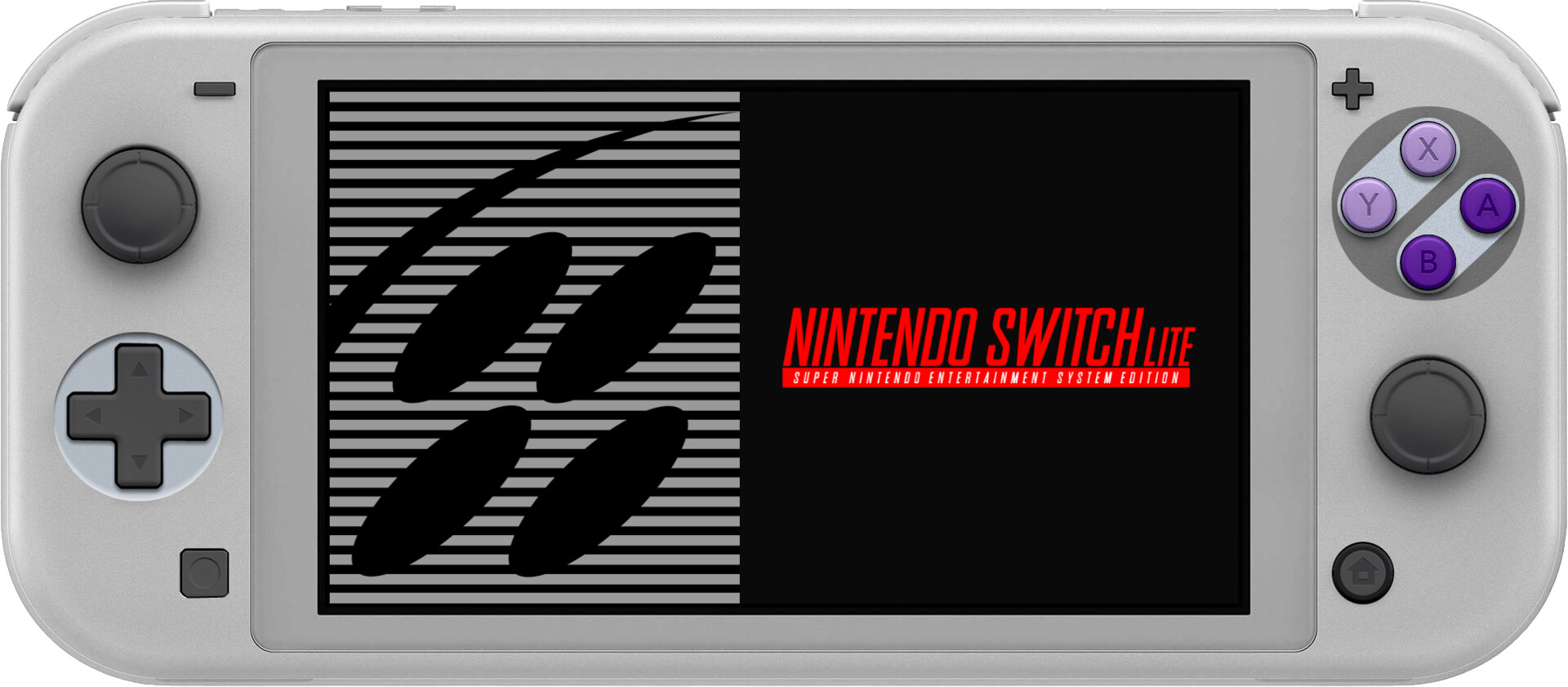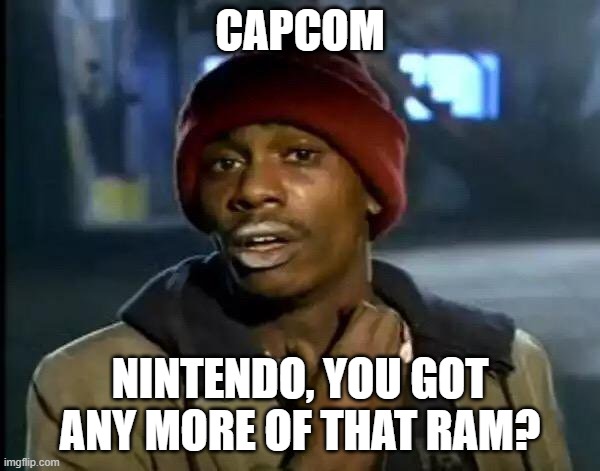This is factually untrue. 2015, 2016 and H1 2017 look almost identical to each other for 3DS family sales - until the October Switch announcement confirmed that the NX was a handheld, and 3DS sales dropped 20% over the previous holiday season.
The DS fell off the quarter after the 3DS announced - which was in July, not October. The argument isn't that the holiday drops after an announcement, in which case it wouldn't matter when it got announced, but that it's the quarter after the announcement drops, that's why you avoid the holiday.
There is very little evidence of a holiday drop - the 3DS->Switch example excluded - indeed because that sort of timing is avoided.
So an imminent new product completely fades from memory after the quarter it was announced in? Seems... unlikely. And summer quarters always tend to fall off the later years of hardware. Even now, Switch has dipped to #2 on NPD HW units sold for the first time in a LONG time this past August.
Besides, even if I accept that this would cause a major sales collapse, with how far ahead hardware launches have to be mapped out, it's not like they can wait all that long to announce new hardware anyways. Either you don't risk sales in the holiday period and cut your marketing time as thin as possible or you take the risk and give yourself some breathing room to drive interest in new hardware. So even if I were to believe there'd be a sales collapse, I don't consider their current hardware sales to be something inviolable to begin with.
If that’s the case then why even risk an announcement before the holiday period & put yourself in a position that something could happen.
Because the long-term success of their future hardware might mean more to them than undisturbed sales the last holiday period of their current hardware so long as software sales stay solid.
I'm really not sure why that possibility isn't in consideration.
They'll have to announce it at some point or else the entire thing is going to leak when it goes into full production. Wasn't the original Switch leaked that way almost immediately? Are they willing to risk waiting potentially 4-5 months into manufacturing to announce it in Feb/March?
You bring up a decent point: new hardware might basically be all-but-known in the holiday season regardless, with or without an official announcement, and then what good does holding the announcement do?
A Nintendo Switch 2 makes no sense next year given how this years software schedule turned out. You don't rush a bunch of tentpole releases out before a new console, you do that after. Splatoon 3, Xenoblade, Mario + Rabbids, Pokemon. You don't want to launch a brand new console AFTER those are out. You don't continue DLC for the previous console several months after a new console launch. The only way this makes sense is if it's pushed and marketed as a Pro.
Who says they're rushing out tentpoles?
And apparently BC isn't a thing, neither is offering DLC for games released on old hardware on the new hardware. Besides, if DLC shouldn't have been put forward due to new hardware arriving and Nintendo were apparently now required to wait for their DLC pipeline to be exhausted, we'd be looking at a 2024 release date for new hardware at the earliest, and the info we have already basically means we can chuck such notions into the bin.
If it was a Switch 2, Nintendo would hold back titles for the launch period. Especially massive tentpole titles. Yes, there will be a cross-gen period, but that doesn't change anything. It's simply not how gaming companies operate. Both Microsoft and Sony held back titles for their new systems for a big launch.
Who says they've not held anything back?
If it's a Switch 2 they're not gonna sell the other Switch consoles alongside it. That defeats the entire purpose. You want people to buy the new hardware, not the old hardware. It's different when it's just another model like a Lite or an OLED, those aren't aiming to replace their predecessors.
GBA SP was introduced the year prior to DS launch and sold alongside the DS at retail, where GBA actually outsold the DS in both 2004 and 2005 worldwide, but that says more about the GBA, since DS WW sales were no slouch, even before the launch of the DS Lite.
Nintendo has NO qualms about selling hardware from their last cycle alongside new hardware. None. It's honestly expected behaviour from them. These are just examples of "slim" versions of imminently-succeeded hardware released close to a new hardware release cycle.
Also, as an aside, every handheld since GBA has seen a Pokemon release at the dawn of a new hardware cycle (FireRed/LeafGreen for the GBA-to-DS transition, B2/W2 released AFTER the 3DS launch, Sun/Moon released 4 months before the launch of Switch). Just some food for thought.
the only one I really agree on is Splatoon 3
a live game on a system that will be replaced in half a year? why not hold onto it?
Looking at first-week sales of Splatoon 2 vs. first-week sales of Splatoon 3, I could think of one reason not to release a live game as a launch window exclusive on new hardware. Especially when the option to patch/enhance the game for said new hardware is on the table.





